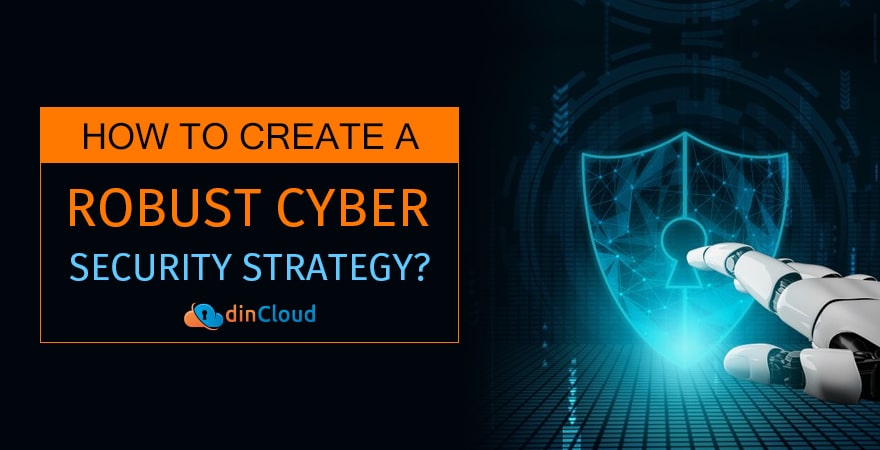The workplace has evolved very rapidly over the past few months. With mass vaccinations and easing of restrictions globally, businesses are re-opening with a vigor to gain the ground that they have lost to a devastating pandemic.

The whole re-alignment process is based on many individual factors and the IT infrastructure of any enterprise is a big one. Organizations are now feeling the urgency to develop flexible and resilient IT infrastructures.
A very crucial step in achieving a flexible IT infrastructure is supporting remote employees, without compromising on the productivity or end user experiences. However, a partial or completely remote workforce has its own set of cyber security challenges.
The Outlines of a Cyber Security Strategy
As the workplace is changing in such a big way, a traditional approach towards cyber security may not be sufficient to keep your enterprise data secure. The now mainstream trend of remote work has posed a whole new set of security challenges.
So, a cyber security strategy will form the very basic building block of your security posture. When visualizing any such plan of action, you will need to factor in remote work as a constant element and plan your resources accordingly.
Cloud Hosted Virtual Desktops – Security Built-In
When evaluating the various alternatives out there, Cloud Hosted Virtual Desktop solutions such as dinHVD present a value proposition. In the case of dinHVDs, you get multi layered cyber security from the Cloud Service Provider (CSP) like dinCloud.
The other great aspect of using Cloud Hosted Virtual Desktops for your remote workforce is that you get all this security built into the main cloud offering. You do not need to deploy or configure any security hardware on premise in most of the cases.
Zero Trust – A Key Cyber Security Milestone
As your remote employees will be accessing enterprise data over multiple devices and from multiple locations, building a zero trust security model is your best chance. Zero trust systems prove highly effective in the wake of today’s complex cyber threats.
The concept of zero trust security can be further expanded to include least privileged access. This enables you to grant access to organizational data and other enterprise tools purely on the basis of an employee’s role that has been assigned.
There is no concept of un-checked access within the zero trust security model. Network segmentation is yet another effective mechanism for not only preventing cyber attacks, but also mitigating their impact to the best extent possible in the event of an attack.
User and Device Authentication
Both the end users and the multitude of devices that they use to access organizational data as well as productivity tools need to be authenticated. No access to data should be awarded without authenticating these aspects with dynamic parameters.
All the devices that remote employees use to access organizational resources should be mapped to the concerned end users to make the process of tracking compromised devices much easier. A Two Factor Authentication (2FA) should be the bare minimum criterion.
Conclusion
Planning and executing a robust cyber security posture is more of a journey rather than a destination. Things in the cyber space evolve so fast that the process of re-aligning your IT infrastructure becomes more of a constant affair.
Why expend energy and resources on cyber security when you can get ready to use secure solutions like dinCloud Hosted Workspaces? In the case of our cloud solutions, security comes built into the service itself, so you can focus more on growth and innovation.
Contact dinCloud for a wide range of cloud solutions that come along with multi-layered security as a built-in feature.


